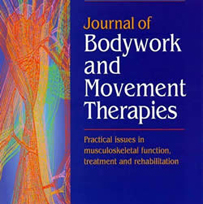Introduction
This newsletter’s featured article from the JBMT is a review and meta-analysis conducted to evaluate the response of the Pilates method in the function of the pelvic floor muscles. Clinical trials assessing the effectiveness of the Pilates method for the function of pelvic floor muscles in healthy women were included. 4434 articles were identified and 2 articles were selected to compose this review and the meta-analysis.
The conclusion? “No evidence showed a modification of the function of pelvic floor muscles in healthy women practicing the Pilates method”.
To many of us this conclusion may seem disappointing, given the anecdotal evidence we see every day with our clients! Although there are some limitations to the accuracy of the results in these outlined studies, we can take this as an opportunity to lift our game in our approach to pelvic floor issues – in both the young and old, male and female!
Specific conditions and pathologies of the pelvic floor and the pelvic “core”, require additional training to enhance the effectiveness of Pilates as a rehabilitation method. It reminds us of the need for continuing professional education with suitably qualified trainers, if we are to truly service the multiple needs of our clients.
We hope you find it interesting.
Chris Lavelle
PAA Committee Member, Education Sub-committee
Have you signed up for your free subscription to the Journal of Bodywork and Movement Therapy yet?
Full members with an active PAA membership have a subscription to JBMT included in your membership (lists are updated quarterly). Follow this link for instructions on how to access your complimentary subscription to the Journal: JBMT registration instructions


Comments are closed.